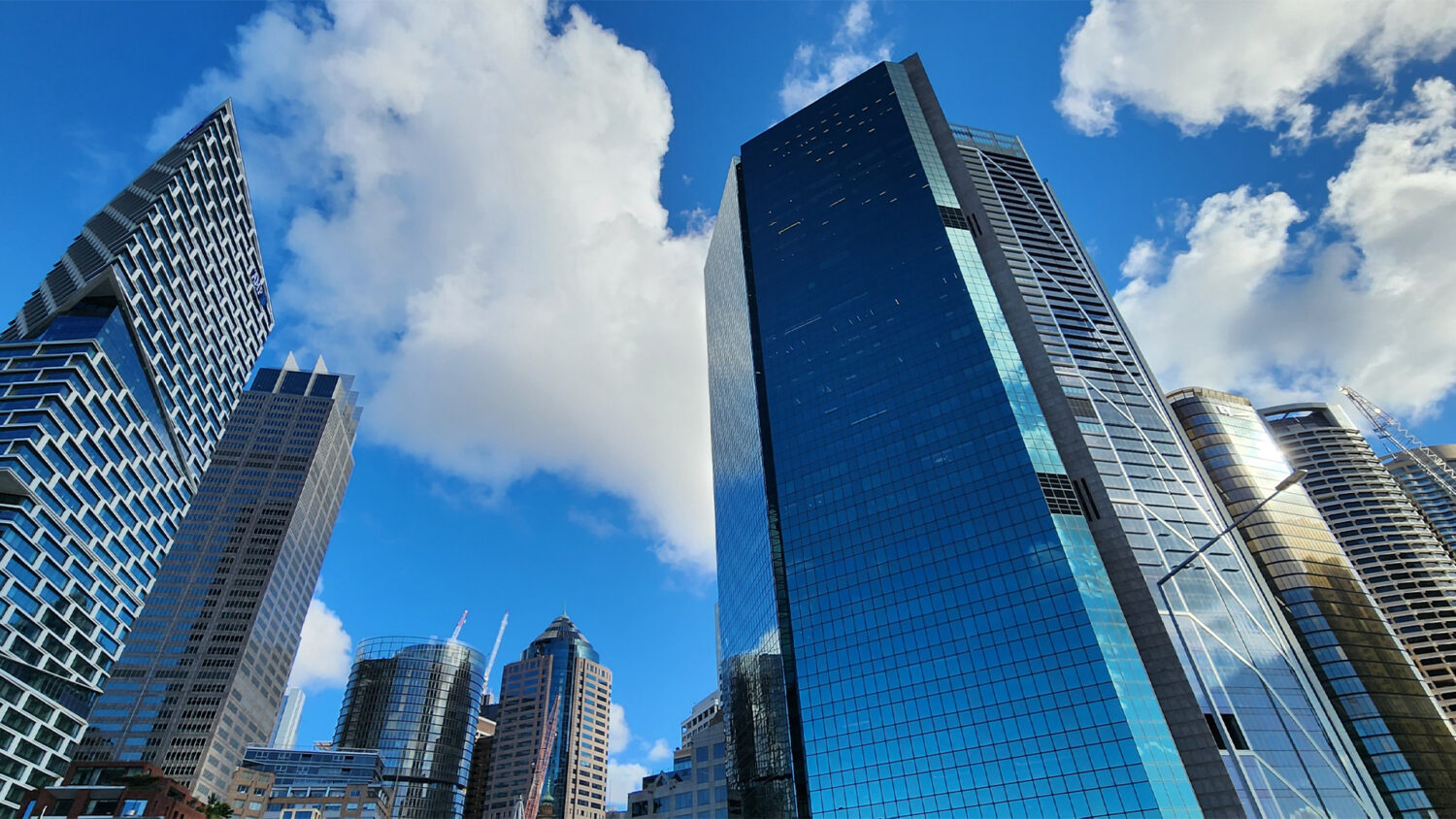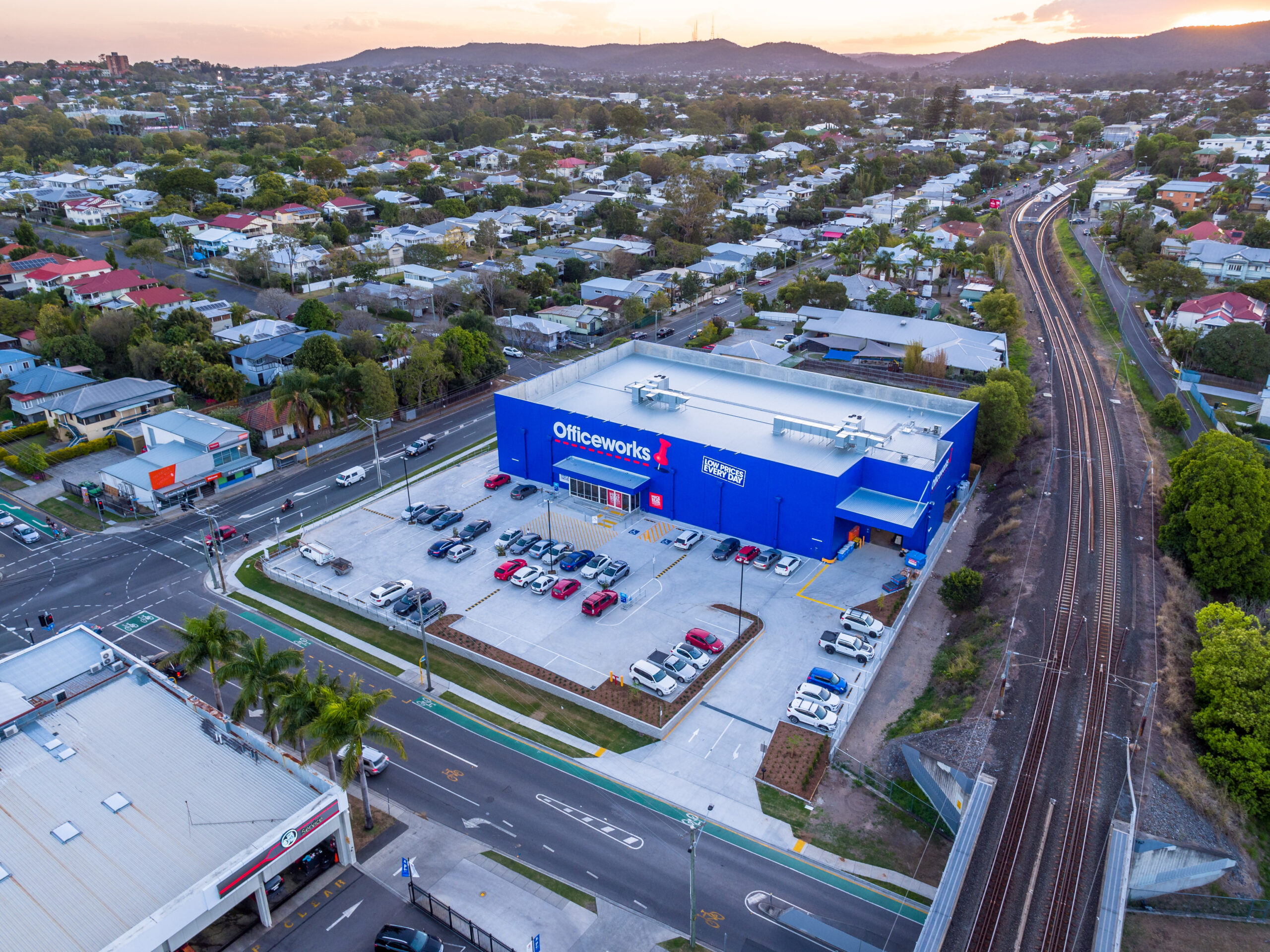Bricks and mortar retailing starting to become more attractive to consumers again post COVID
15 September 2023
Evidence is pointing to renewed consumer participation in bricks and mortar retailing as retail owners use this transition period post-COVID to reposition their offering, according to the latest research from Knight Frank.
Knight Frank’s Australian Retail Review found online retail penetration nationally was 10% after its initial early 2000s growth, a figure that increased as states endured lockdowns during COVID, but the latest data shows that online spending has now flatlined in Australia.
According to the latest Auspost report, Australians spent a record $353 billion on retail in 2022, yet online retail purchases declined by volume by 2.6 per cent year on year.
Knight Frank Head of Research and Consulting in Victoria and one of the report authors Dr Tony McGough said the retailing environment experienced significant change due to the pandemic, and the increase in online spending that it drove.
“The market has experienced shifts not only in spending patterns between different types of goods, and the flow through of this in occupancy costs to retailers, but also in forced or preferential changes in consumers’ choices of preferred centre types.
“However, the stalling of the online share for spending suggests that while households are now more comfortable utilising online retailing for smaller, non-discretionary spends, the re-opening of traditional retail is encouraging an uptick of retail spending in this area.
“The slowing in online spend shows that its expansion will be far more gradual than widely thought.”
Knight Frank Head of Retail Investment Chris Maher retail owners were investing in a fightback against online by strategically shifting their offerings to draw more people in.
He said they were focusing on making retailing an ‘experience’, which was at least partly responsible for the renewed consumer interest in bricks and mortar retailing.
“As we move on from the pandemic, shopping centres are accelerating an effective countermeasure to online shopping – which is making centres destination locations,” he said.
“For instance, Chadstone Shopping Centre in Melbourne has invested $70 million in new dining and entertaining facilities, including having ‘Holey Moley’ golf within its offering.
“Other centres now have basketball courts, bowling alleys and sports bars, as well as improved food malls, cinemas and evening entertainment to make the whole experience more of an outing.
“This repositioning, and where needed, repurposing, is reasserting bricks and mortar retail offerings after a period of significant online and e-tailing focus.
“In-store purchases have regained popularity, but so has click and collect, highlighting, in this omni- channel retailing world, the continued need for a physical store and the importance of making it an attractive offering.”
Mr. Maher said even the hardest hit CBDs during COVID – Melbourne and Sydney – were seeing green shoots of a retail recovery that will be encouraged by more workers returning to the office more regularly.
“In Melbourne, Thursday footfall is now at 85 per cent of the pre-pandemic levels, but more importantly weekend and evening numbers are higher than in 2019 as the CBD comes to life outside of working hours,” he said.
“CBDs are also repositioning to present a more attractive offer to non-office workers, as tourist and student numbers recover more rapidly than daytime trade involving office workers.
“A spruce up of the offer and selective tenant choice is needed to help the CBD adapt to be less beholden to nine to five trade.”
Transactional activity
The Knight Frank Australian Retail Review found retail accounted for 37% of commercial property transactions in Q2 2023.
Dr. McGough said with the rise of interest in industrial real estate and the continued popularity of
offices, compounded by uncertainty over COVID, the retail sector’s share of investment activity had declined to just 18 per cent in 2020.
“However, retail’s share of investment activity has actually been rising in the post-COVID era.
“Indeed investment volumes in 2021 and 2022 have been above the 10-year average as the retail boom, until recently, provided some degree of confidence in the sector.
“This has continued into 2023, and whilst overall activity in capital markets has been rather muted, the relative interest in the retail sector has remained.”
Mr. Maher said the retail market’s repositioning of itself, combined with some repricing, has improved its attractiveness to investors.
“Retail has always adapted as it faced headwinds and in the last three years, we witnessed the retail investment hierarchy realign,” he said.
“The remainder of 2023 will see conflicting signals for the retail market as consumer confidence is yet to rebound, but there is also population growth driving demand for goods.
“However, the outlook for 2024 and 2025 is improving as rates stabilise and the focus turns to potential cuts over the coming years, which should see an increase in retail spending.”






